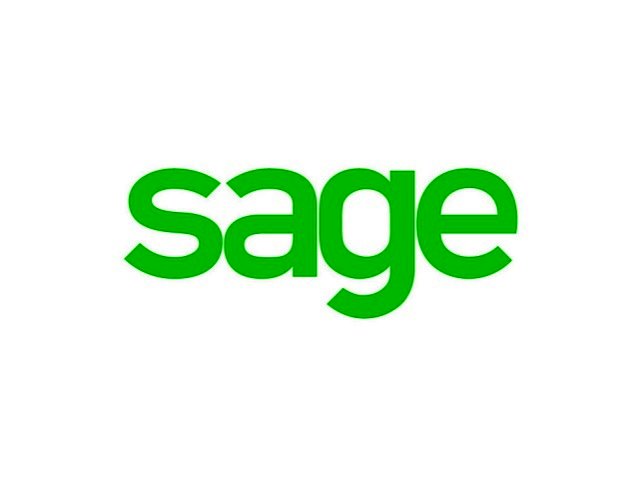The universal work-from-home era ushered in an age of flexible human work
By Industry Contributor 7 December 2021 | Categories: news
By Gerhard Hartman, Vice President, Medium Business for Sage Africa & Middle East
Most organisations have settled into more digital ways of working and collaborating since the start of the COVID-19 pandemic. Following the success of the universal work-from-home era, our next challenge is upon us: learning how to work together in a hybrid working model.
This offers an opportunity for business leaders to use the lessons of working from home and the rapid shift to digital platforms to think about new ways of working in 2022 and beyond – creating a better business, one that is more human, more effective in integrating technologies, and more ready to innovate and develop.
A recent Sage survey of 1,000 South African small and medium businesses shows that 82% of SMEs currently operate in fully remote or hybrid environments. Half have been hiring, training and managing employees in a remote/hybrid work environment over the past year. But where to from here?
At Sage, we anticipate a shift towards flexible human work that supports three forms of flexibility:
· Work mode: How you work, such as from the office/at home or a blend of both;
· Work location: Where you work, as in your geographic location including working away from your home country; and
· Work time: The hours you work, including variable, compressed, part-time or job share.
Towards an outcome mindset
In this future, work is not about where or when we work; instead, it’s about applying an outcome mindset and doing great things for customers and other stakeholders. The starting point is to ask what we can learn from the stress test we endured during the coronavirus crisis.
Why did some organisations see their employees spend more hours in front of a screen yet deliver less from a productivity standpoint? Why did others see gains in performance? The difference, I believe, lies in the level of support from management at a time many people were struggling with the demands of being a productive employee, partner and parent.
Moving forward into the future, one of the lessons we should take to heart is that people, culture, processes and strategy all matter in driving productivity, especially when modes of work are more flexible. Productivity is primarily about the output: how many items come off the line, the number of customer calls made, and what KPIs are targeted.
But focusing only on output leads companies to regard their employees as drones. Though driving employees hard may initially deliver higher output, the quality of the work may suffer, and issues such as staff attrition may impact productivity in the longer run. Furthermore, unhappy and demotivated employees will not offer a great customer experience.
Building a productive culture
Processes enable a synergy between happy customers and a happy workforce. Therefore, focusing on people and processes will improve productivity. There are several ingredients necessary to improve productivity. One of the first is driving a culture of customer-centricity, accountability and productivity.
The second crucial ingredient is strategy. Strategy drives how the business defines output and success, then scrutinises the culture and processes – the way business is being done – determining the outcomes it needs. This approach reveals the choices as well as their consequences.
Here are a few ways to evaluate processes and strategies during these times:
· Look for inefficiencies: Where are the bottlenecks? Unpack processes and roles, looking for better ways to do things, such as automation.
· What are the problems? Are you dealing with a workforce problem, or a process problem, or a management problem?
· Experiment: Don’t be scared to experiment, regardless of whether you got a positive or negative outcome.
From here, business leaders can determine a course of action. One approach is to automate. But that may influence an individual’s job, and they’re going to need to upskill to take on new tasks. This should be a two-way street. Managers can say what needs to change, but it’s the employee on the ground who uses the process. They should be able to give feedback.
It can be helpful, especially in hybrid settings, for teams to think about how work gets done. Their input can be used to inform team agreements, set at the senior leader level. Team arrangements allow employees to work smartly to serve customers and connect as humans to have a meaningful work experience.
Change isn’t always easy. Many of us can easily conflate the comfortable with the necessary. The secret to high and continued productivity is to be people-centric. This doesn’t mean being led by employees, but listening honestly to their needs and investing in their buy-in for the strategy and vision.
Most Read Articles

Have Your Say
What new tech or developments are you most anticipating this year?



